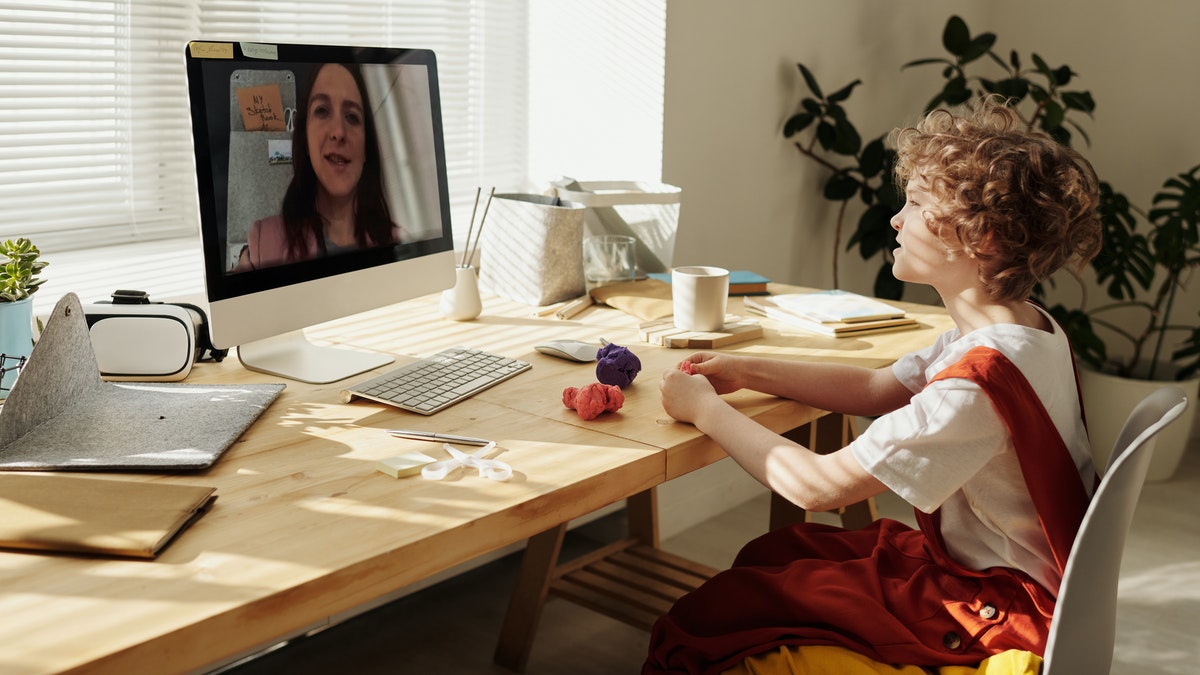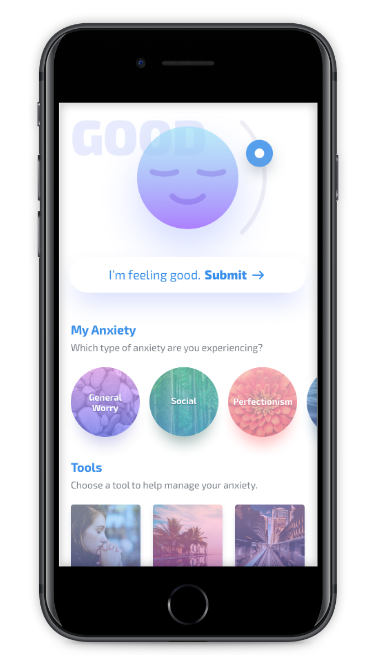Tip #1: Keep Your Expectations Realistic
It is important for you to know and understand your child’s abilities and limitations. When you expect too much or too little from your child, it can lead to problems and frustrations for you both.
Example: You are in a restaurant with a group of friends. The waiter took your order over 30 minutes ago and your food still hasn’t arrived. Simone is getting impatient. Instead of feeling frustrated with her, try taking her for a short walk to give her a needed break.
Tip #2: Plan Ahead
Try to anticipate what your child may do or need in various situations. Be sure to plan ahead to set your child up for a successful experience. Hope for the best, but plan for the worst. Always have a backup plan!
Example: Your family is in the car headed to your mother’s house for dinner. It is usually a short drive, but rush-hour traffic is snarled, it’s 6:30 p.m., and you’re already 45 minutes late. Your child is hungry and asking for food in the backseat. Luckily, you remembered to bring some snacks and water to hold him over until you can make it home.
Tip #3: Clearly State Your Expectations in Advance
To help avoid undesirable behavior, give your child one clear instruction so that he knows what you want him to do.
Example: You are visiting your sister’s house, and your daughter has been playing with her favorite cousin. Over the course of the afternoon, toys have been tossed aside and scattered throughout the room. When you say, “Come on, Alicia, it’s time to get ready to go,” she ignores you completely and continues to play. A better approach might be to say, “We will be leaving soon. I will be back here in five minutes so we can put the toys away together.”
Tip #4: Offer Limited, Reasonable Choices
Most children are not born with the built-in ability to make decisions and then accept the consequences. In order for your child to learn to take personal responsibility, they will need plenty of support and practice.
Example: You have just picked up your son and he doesn’t want to get into the car. You sense a battle of the wills coming on. One way to avoid a struggle might be to say, “Zachary, do you want to climb up in there yourself, or do you want me to put you in?”
Tip #5: Use “When…Then” Statements
A “when…then” statement is a simple instruction that tells your child what to do to earn a desired consequence (what he/she wants to do). This is also known as a contingency statement. When you use a contingency statement, be sure you do the following: (1) give it a positive focus, (2) state it only once, (3) set a reasonable time limit, (4) follow through.
Example: It’s a sunny day and your barefoot child has decided she would like to go out to the backyard to play. She starts going outside and you stop her and say, “No, put on your shoes.” She starts to throw a tantrum. Here’s an alternative approach you might want to use next time. “When you put on your shoes, then you may go outside.” You are not just saying “No.” You are letting her know what needs to happen in order for her to reach her desired destination.
Tip #6: Catch Your Child Being Good
Emphasize specific, positive attention to the behavior you want to see. This will teach your child what you want him to do and increase the likelihood that this behavior will occur again and again.
Example: You are enjoying a remarkably calm family meal. Instead of waiting for your child to begin fidgeting, trying to leave, or stuff green beans down his shirt, you look at him and exclaim, “Manuel, it makes me so happy to see you eating your dinner!”
Tip #7: Stay Calm
When your child’s behavior is unacceptable, you can choose to either respond or ignore it. If you decide that a reaction is required, remember that the least response necessary is usually best. Acting calm with a minimum of attention will reduce the risk of strengthening the very behavior you wish to discourage. When you remain calm, it also gives you time to think about how you want to respond as you are modeling desired behavior for your child. The more out of control your child becomes, the more self-control you will want to show. When you remain calm, your child learns appropriate ways to respond to difficult situations.
Example: You are cleaning your house in preparation for your in-laws’ annual visit. You go into the kitchen for just a moment and return to your family room to find that your son has colored on a white wall with red and blue crayons. Rather than immediately reacting, you think twice, take a deep breath, and calmly say, “Christopher, paper is for coloring; Mommy’s walls are not,” and move him to a location with materials where he can continue to create his art on paper.
Tip #8: Use Neutral Time
Neutral time cannot be found in the middle of a difficult situation filled with strong feelings. Instead, neutral time is when everyone is calm enough to think and talk and listen. It’s important to remember that neutral time can occur either before or after a child’s unacceptable behavior occurs. You can talk about what happened earlier and discuss positive ways to handle problems in the future. The challenge is to identify neutral time and make use of these opportunities.
Example: You are sitting on the sofa reading books with your daughter when you look up at the clock and realize it is 7:30 pm and bedtime is approaching fast. Getting Emma to brush her teeth each night has become more and more of a struggle. As you hold her on your lap, you say, “Almost bedtime, kiddo. Hey, tonight I am going to brush my teeth at the same time you do. It’ll be fun for us to do this together!”




 Danielle Monton
Danielle Monton
 Shaana Scott
Shaana Scott





 My name is Corinne Morris (Megnin), and I have been with iLEAD Exploration for five years and am honored to work with such incredible learners, parents, and colleagues! I currently work as a middle school and high school Student Support Care Team member and assessment team assist. I grew up in many different places, but California will always be my home away from home. I studied art education at CSUF and have loved being able to implement some aspects of art in the classroom as I teach virtually. I live with my husband in the GTA of Ontario, where we assist at our local church in many ways but especially with teaching the children, youth, and young adults in the community. We are passionate about seeing this next generation succeed in all things!
My name is Corinne Morris (Megnin), and I have been with iLEAD Exploration for five years and am honored to work with such incredible learners, parents, and colleagues! I currently work as a middle school and high school Student Support Care Team member and assessment team assist. I grew up in many different places, but California will always be my home away from home. I studied art education at CSUF and have loved being able to implement some aspects of art in the classroom as I teach virtually. I live with my husband in the GTA of Ontario, where we assist at our local church in many ways but especially with teaching the children, youth, and young adults in the community. We are passionate about seeing this next generation succeed in all things!

